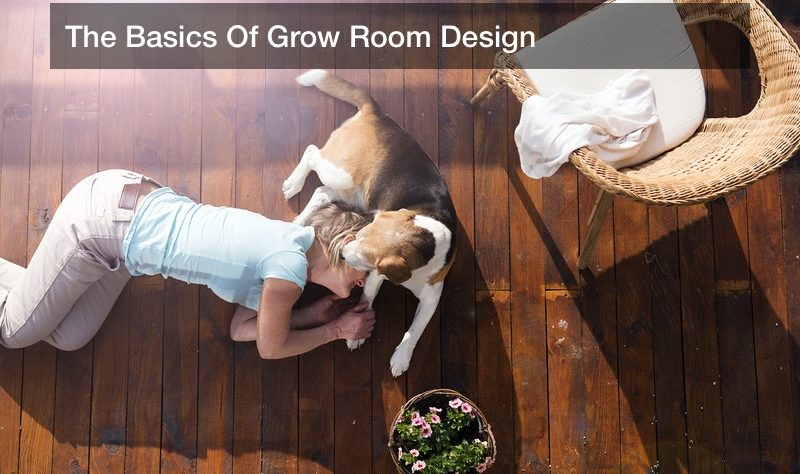
Building A Grow Room
When it comes to designing a grow room there are many steps to consider. When you decide to build a grow room you need space, access to water, and the right light sources to ensure plants can thrive. Here are a few grow room design tips to help you get started.
Space
- Large Or Small. Make sure that the space you are considering using has enough space for what you plan on growing. For small projects rooms as small as closets can be used, but for larger scale growing you’ll need a decently sized room.
- Light And Water You also want to make sure that the space you are using has an easily accessed power and water supply so that lights can run as needed, and you can water your plants without hassle as well. Additionally, make sure never to always use filtered water for your plants, as rainwater can contain unhealthy elements, especially if you’re in a city.
- Noise. Fans, lights, and water pumps can be noisy. Take this into account if your grow room design is close to your bedroom.
- Flooring. Carpet is a no go, as it can hold moisture and lead to an outbreak of mold and bacteria. If you can’t strip your flooring, make sure to always have reflective sheeting covering the space.
Lighting
Any windows in the space should be covered with blackout sheets to prevent any natural light from entering, and from any artificial light from escaping. This is because plants are sensitive to inconsistent light changes, and if you have two different light sources it can confuse them and interfere with the growing cycle. After blacking out the windows you can use reflective sheeting to help better illuminate the space and give the whole room consistent light access.
Grow Room Designs
Once you have the space you need it’s time to start designing. Depending on the size of the space you’re going to want to consider the intensity of your grow lights. If there isn’t enough your plants won’t grow as well, and if there is too much it can negatively impact and harm them. A couple components that you’ll need are:
- Ballast. This is what you’ll use to regulate the energy that is used to power the light.
- Lamp. The lamp is as it sounds, the part that generates the actual light.
- Reflector. The reflector helps direct the light so that it doesn’t scatter as much and instead is focused where you need it.
Main Grow Lights
Main grow lights come in a couple different types and are a must have for your grow room design:
- Metal Halide. Used for vegetative growth they produce more blue light than other options.
- Sodium. Sodium lights are good for flowering and produce more red light than the others.
- Dual Spectrum HPS. These can be used for both vegetative and flowering and produce a combination of blue and red light.
- Fluorescent. These are primarily used for propagation in specialized propagation tents.
- LED’s These can be used in conjunction with others through every stage of your growing.
Supplemental Lights
These lights are used to help broaden the spectrum of your main lights, and they emit UVB or UVA light.
- CDM. Have wavelengths outside of PAR range, but also many within the range. This means with the right bulbs and reflectors they could even be used as the main lights in the right conditions.
- Plasma. Plasma lights have more wavelengths outside of the standard PAR range, making them a solid choice for many growers.
While supplemental lights are completely necessary they can greatly increase your yield rate.
